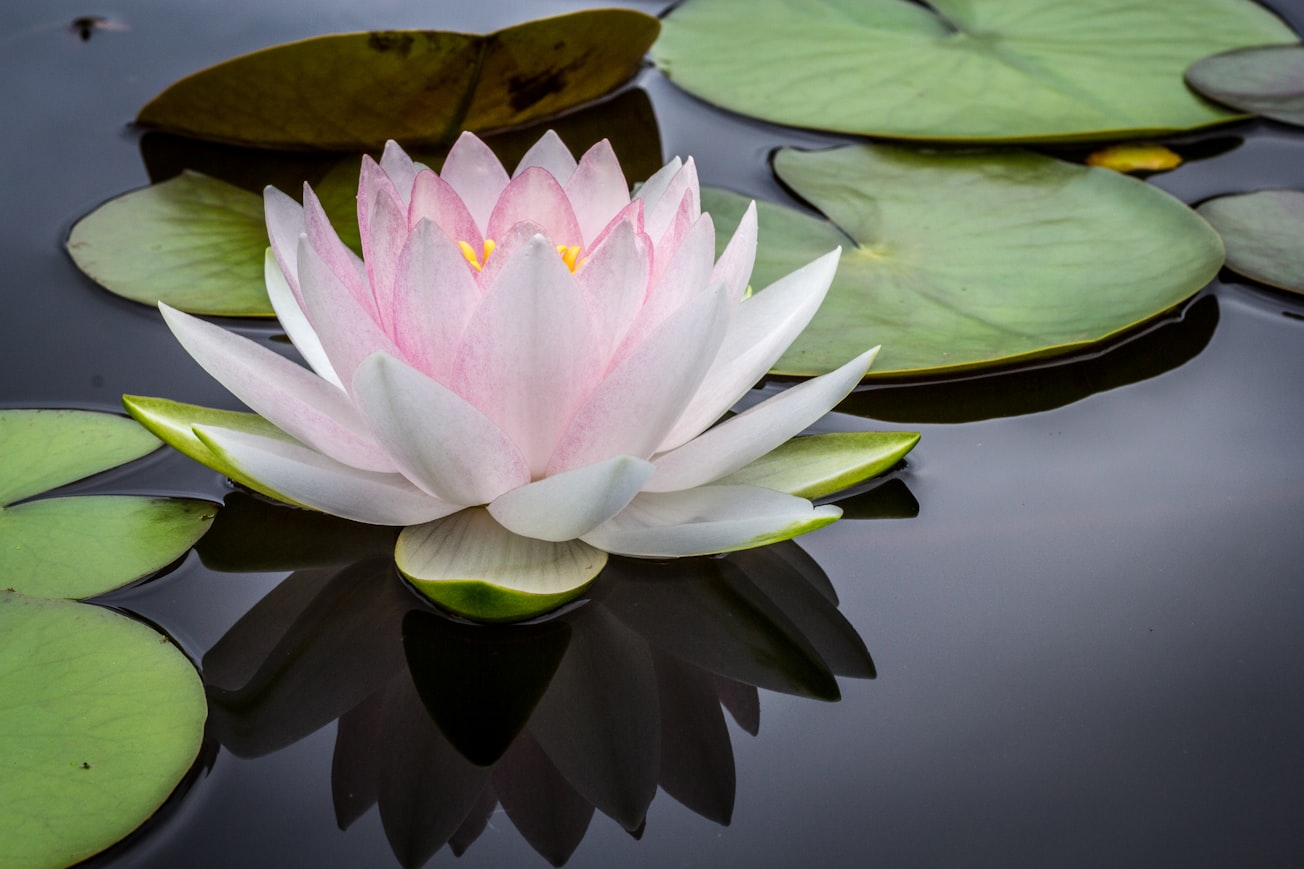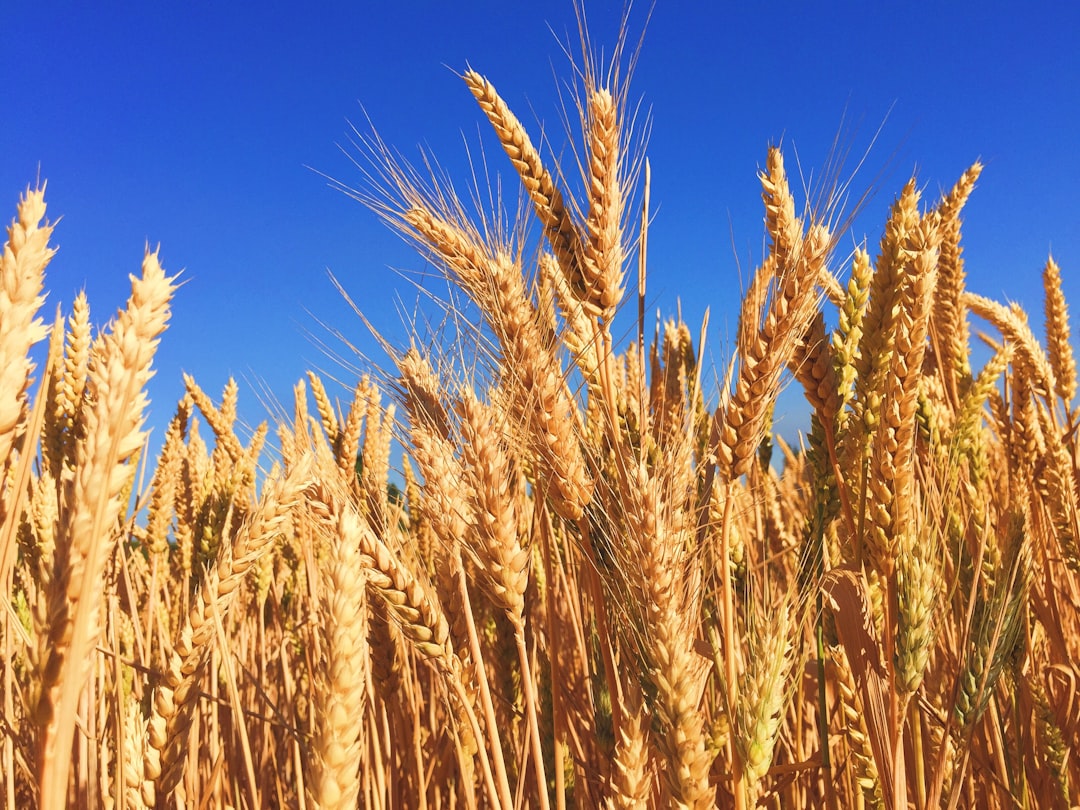What is it about?
The age of origin of the angiosperms is a controversial topic, with fossil data suggesting an Early Cretaceous age while molecular dating analyses suggest older ages. Here we review the evidence from the pollen record and show that the Permian-Triassic ages suggested by some molecular dating analyses cannot explain the patterns founds in the fossils, and that a Late Jurassic age is more reasonable in view of the geological evidence.
Featured Image

Photo by Jay Castor on Unsplash
Why is it important?
The angiosperms are the most important plant group in the earth's biota, and their origin is a pivotal moment in the history of the biosphere. Estimating the age of their origin and radiation has important implication for the evolution of many animal groups, and the evidence from the fossil record is pivotal in resolving this long standing issue.
Perspectives
I hope this article will give a palaeobotanical perspective to the biologists interested in the origin of flowering plants, and will help to revive a filed in dire need of funding and expertise.
Mario Coiro
Universitat Zurich
Read the Original
This page is a summary of: How deep is the conflict between molecular and fossil evidence on the age of angiosperms?, New Phytologist, January 2019, Wiley,
DOI: 10.1111/nph.15708.
You can read the full text:
Resources
Contributors
The following have contributed to this page










